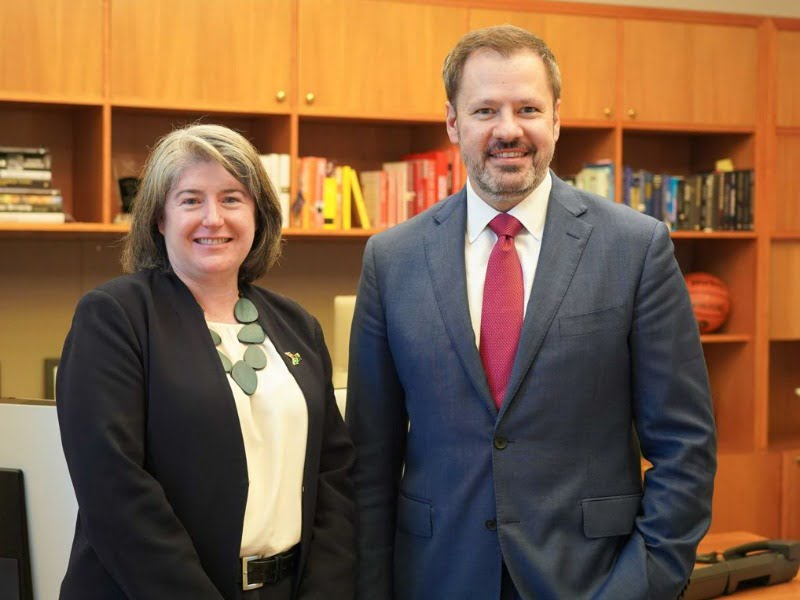Industry and science minister Ed Husic is restructuring the Industry department’s suite of programs to ensure they support businesses developing new technologies at all stages of growth, prior to full commercial readiness.
As the Department of Education’s commercialisation survey and grants programs get underway, InnovationAus.com has also confirmed that existing commercialisation funding overseen by Industry will not be cut in the upcoming federal Budget.
The “restructure” of Industry’s commercialisation programs along the technology readiness scale is being undertaken to ensure the programs “line up with the growth of firms”, Mr Husic said.

The technology readiness level (TRL) index was developed by NASA and is used globally to track and support development of technology from blue sky research to actual system demonstration across the expected operational environment of the technology. It is already used by the Defence Science and Technology Group and ARENA.
When compared to the commercial readiness index (CRI), most of the TRL coincides with CRI1 or ‘hypothetical commercial proposition’ with only the latter two TRL stages corresponding with small scale ‘commercial trials’, according to ARENA.
Mr Husic also said alternative support, over and above the $15 billion National Reconstruction Fund (NRF), would be needed to support firms that are ineligible under the NRF.
“We want to be able to make sure that we’ve got [support] for firms that can’t deliver a rate of return, which is what the NRF will target,” he said, adding that the government is “committed to maintaining existing funding around commercialisation”.
Not seeking to pre-empt what commercialisation support would be included in next month’s Budget, Mr Husic said that a further announcement would be made “down the track, but it is something we’ve given a lot of thought to”.
Just under $200 million of uncommitted funding under the controversial Entrepreneurs’ Programme, which the Audit Office found had bias and did not comply with procurement rules, was cut in the October Budget.
The Entrepreneurs’ Programme, which has been reviewed ahead of the 2023 Budget next month, included the Accelerating Commercialisation grants program.
Mr Husic also said it’s important that the government signal it values early-stage innovation through the HECS-style loans under the ‘Startup Year’ program, which has enabling legislation currently before the Senate.
Earlier this month, the government committed to exploring further policy mechanisms to support startup commercialisation as part of negotiations with Independent Senator David Pocock to pass the NRF.
Senator Pocock was seeking to ensure there is a “sustainable pipeline of eligible projects at a stage suitable for funding through the corporation” and to provide the early capital needed to get through the valley of death – the period of product development before a startup’s technology is fully commercialised.
Enabling legislation for the ‘Australia’s Economic Accelerator’ commercialisation grants program and industry PhDs initiative received bipartisan support and was passed in early March. The AEA program is being administered by the Department of Education.
The government has budgeted $432 million for the grant programs and $36.1 million for the PhD program over the next four years. The grants program is targeting proof-of-concept projects between TRL3 and TRL5 on the technology readiness level index.
Economic Accelerator commercialisation grants were initially announced in February 2022 under the broader Research Commercialisation Action Plan initiated by the former Coalition government.
At the end of 2015, then-Prime Minister Malcolm Turnbull announced a $1.1 billion package of funding measures to increase commercial returns from publicly funded research under the National Innovation and Science Agenda.
However, an audit by the Australian National Audit Office found that many of the measures involved “significant expenditure” that relied on “assertions rather than evidence”.
Do you know more? Contact James Riley via Email.

